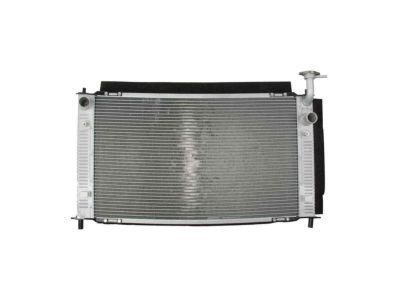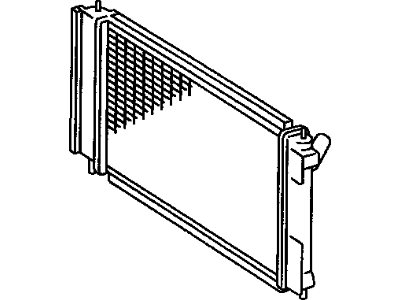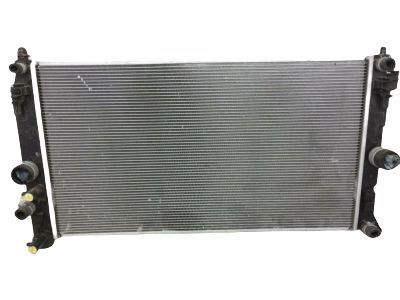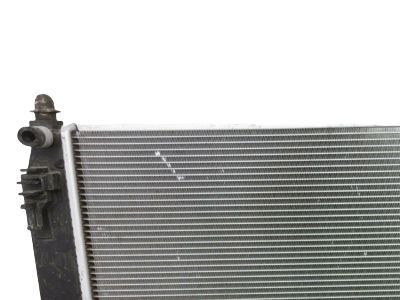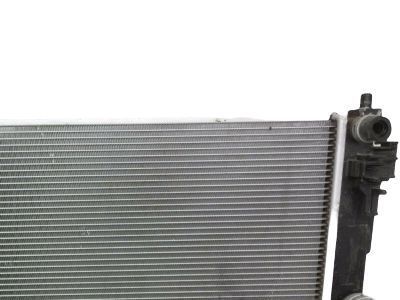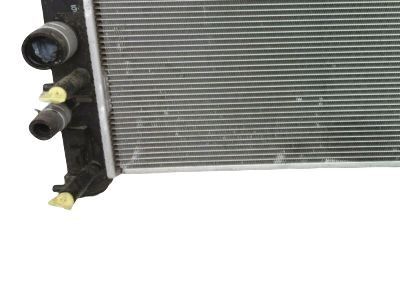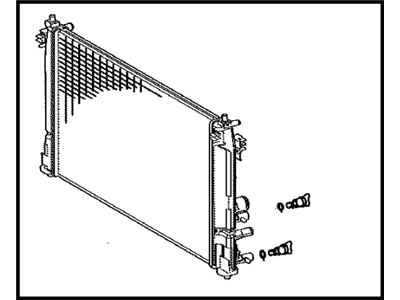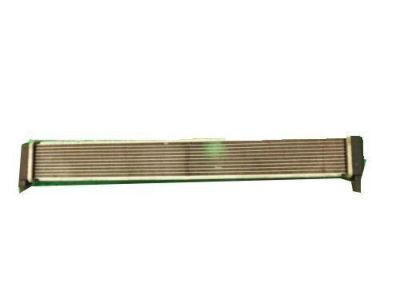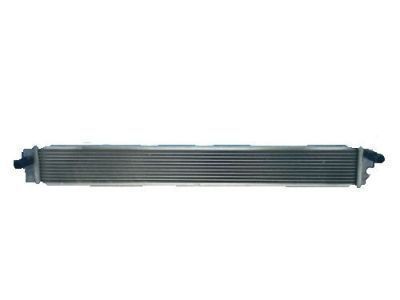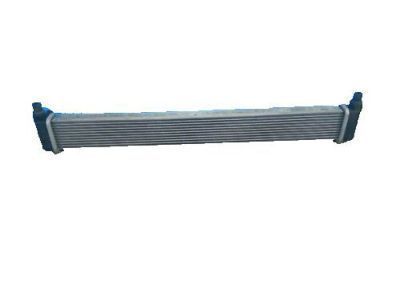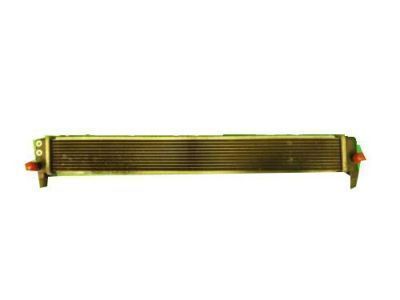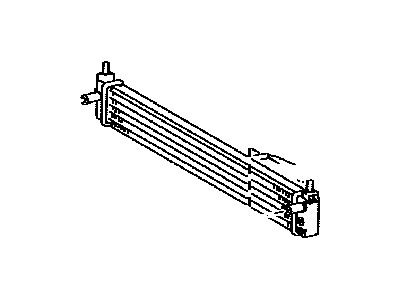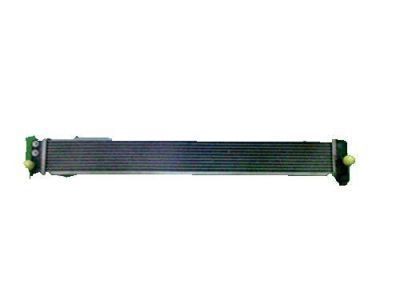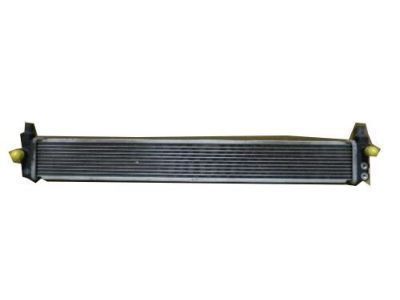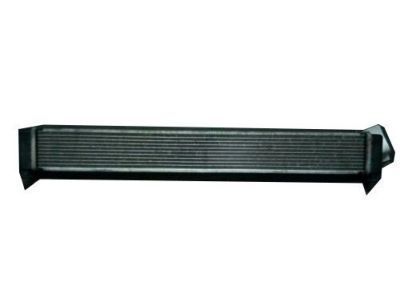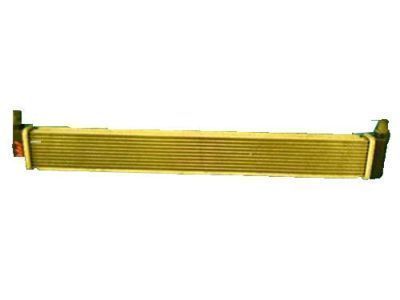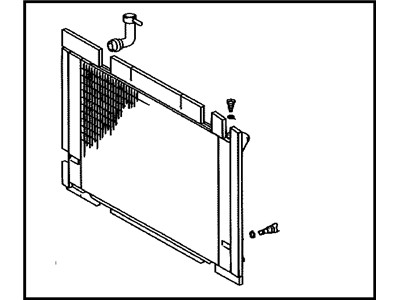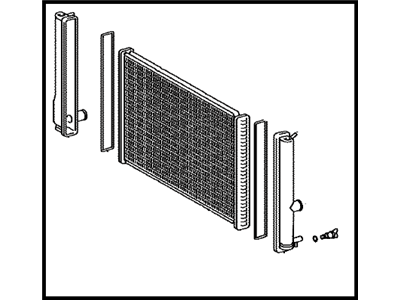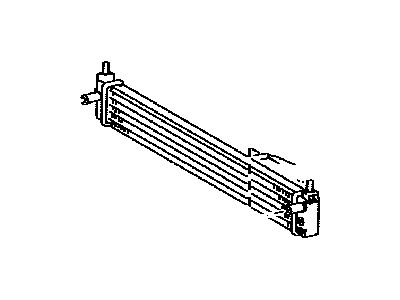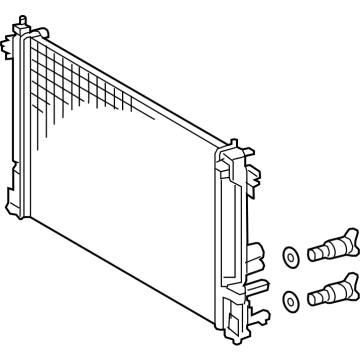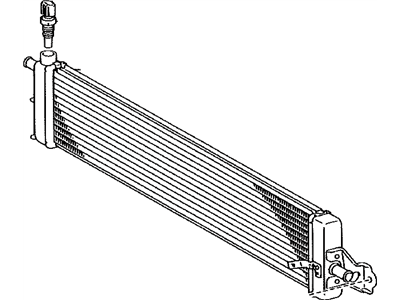

My Garage
My Account
Cart
Genuine Toyota Prius Radiator
Cooling Radiator- Select Vehicle by Model
- Select Vehicle by VIN
Select Vehicle by Model
orMake
Model
Year
Select Vehicle by VIN
For the most accurate results, select vehicle by your VIN (Vehicle Identification Number).
15 Radiators found
Toyota Prius Radiator Assembly
Part Number: 16400-21250$246.95 MSRP: $354.11You Save: $107.16 (31%)Ships in 1-3 Business DaysToyota Prius Radiator Assembly
Part Number: 16400-37311$232.80 MSRP: $333.82You Save: $101.02 (31%)Ships in 1-3 Business DaysToyota Prius Radiator Assembly
Part Number: G9010-47031$420.12 MSRP: $626.73You Save: $206.61 (33%)Ships in 1-3 Business DaysToyota Prius Radiator Assembly
Part Number: G9010-47032$420.12 MSRP: $626.73You Save: $206.61 (33%)Ships in 1-3 Business DaysToyota Prius Radiator Assy
Part Number: 16400-37380$197.17 MSRP: $282.72You Save: $85.55 (31%)Ships in 1-3 Business DaysToyota Prius Radiator Assembly
Part Number: 16041-21281$216.66 MSRP: $310.68You Save: $94.02 (31%)Ships in 1-2 Business DaysToyota Prius Radiator Assembly
Part Number: 16400-37230$190.25 MSRP: $272.81You Save: $82.56 (31%)Ships in 1-2 Business DaysToyota Prius Radiator Assembly
Part Number: 16400-37310$232.80 MSRP: $333.82You Save: $101.02 (31%)Ships in 1-2 Business DaysToyota Prius Radiator Assembly
Part Number: 16400-37410$235.24 MSRP: $337.32You Save: $102.08 (31%)Ships in 1-3 Business DaysToyota Prius Radiator Assembly
Part Number: G9010-47040$477.43 MSRP: $712.23You Save: $234.80 (33%)Ships in 1-3 Business DaysToyota Prius RADIATOR ASSY
Part Number: 16400-24390$237.94 MSRP: $341.19You Save: $103.25 (31%)Ships in 1-2 Business DaysToyota Prius RADIATOR ASSY
Part Number: 16400-37370$232.34 MSRP: $333.16You Save: $100.82 (31%)Ships in 1-3 Business DaysToyota Prius Radiator Assembly
Part Number: G9010-47020$98.88 MSRP: $139.39You Save: $40.51 (30%)Ships in 1-3 Business DaysToyota Prius Radiator Assembly
Part Number: G9010-47030$420.12 MSRP: $626.73You Save: $206.61 (33%)Ships in 1-3 Business DaysToyota Prius Radiator Assembly
Part Number: 16041-21280$216.66 MSRP: $310.68You Save: $94.02 (31%)Ships in 1-3 Business Days
Toyota Prius Radiator
Toyota Prius Radiator is an additional part which is also provide great benefit because it helps monitor the temperature within the car engine and pass the heat to the air. The common materials used to construct the radiator is aluminum with a core of finned and tubular designs, the tanks as inlet and outlet. The position of the radiator is at the front giving the automobile easy access to fresh air for heat exchange. Other problems accompanied by radiators include leaks, which can be resolved using various techniques; nonetheless, replacing a faulty radiator is the most promising way to deal with the issue. Contrary to the OEM radiators, performance radiators come with some improvements; they come with an aluminum construction to reduce their weight and have better designs that enhance cooling. These radiators have bigger tubes and more fins per inch to help move heat away from the engine which will be cooler. This section has direct fit models to enhance perfect fit and configuration with the car while others are classified as universal radiators for modification. All in all, Toyota Prius Radiator is one of the important parts that are crucial in maintaining the right temperatures for the engines in order to deliver its top performance and durability.
If you are in demand for superior quality and affordable OEM Toyota Prius Radiator, then shop with us! We own a wide range of the reduced-priced genuine Toyota Prius Radiator. You can purchase in confidence as all parts come with a manufacturer's warranty. Any issues with our products? No need to worry as we have a hassle-free return policy to guide you every step of the way.
Toyota Prius Radiator Parts Questions & Experts Answers
- Q: How to remove and replace the radiator in a Toyota Prius?A:To replace the radiator in your vehicle, follow these steps. First, have the refrigerant evacuated from the air conditioning system. Then, disconnect the cable from the negative terminal of the auxiliary 12-volt battery and remove the engine Cooling Fan Assembly. Remove the front bumper and the radiator reservoir hose. Disconnect the air conditioning refrigerant lines from the A/C Condenser. Remove the upper radiator support bar and raise the vehicle securely on jack stands. Pull the radiator/condenser assembly rearward and lower it out of the engine compartment. On 2004 through 2009 models, repeat the step of disconnecting the cable from the negative terminal of the auxiliary 12-volt battery and remove the engine cooling fan assembly. Remove the four radiator corner support brackets and disconnect the wiring from the temperature sensor before removing the radiator. On 2010 and later models, disconnect the cable from the negative terminal of the auxiliary battery and remove the radiator upper cover by removing the plastic retainers. Drain the engine coolant and disconnect both radiator hoses. Remove the front bumper cover, and if applicable, the sensor assembly and bracket for Dynamic Radar Cruise Control. Remove the interfering inverter support bracket and detach the coolant hose from the radiator frame. Disconnect the hood latch connector, cables, and wiring from the horns and fan motor. Remove the upper radiator brackets and the air filter housing assembly. Disconnect the remaining hoses from the radiator and upper fan shroud, and remove the upper fan shroud. Carefully lift out the radiator along with the main fan shroud, remove the two lower bolts, and separate the lower fan shroud from the radiator. For all models, once the radiator is removed, it should be inspected for leaks, damage, and internal blockage. Professional radiator shops or dealer service departments should handle any necessary repairs due to special techniques required. Clean the radiator from bugs and dirt using compressed air and a soft brush, being careful not to bend the cooling fins. Wear eye protection when using compressed air. Installation is the reverse of the removal procedure, ensuring that the rubber mounts are in place on the bottom of the radiator. After installation, fill the cooling system with the appropriate mixture of antifreeze and water. Start the engine, check for leaks, and allow the engine to reach normal operating temperature, indicated by both radiator hoses becoming hot. Recheck the coolant level and add more if necessary.
Related Toyota Prius Parts
Browse by Year
2024 Radiator 2023 Radiator 2022 Radiator 2021 Radiator 2020 Radiator 2019 Radiator 2018 Radiator 2017 Radiator 2016 Radiator 2015 Radiator 2014 Radiator 2013 Radiator 2012 Radiator 2011 Radiator 2010 Radiator 2009 Radiator 2008 Radiator 2007 Radiator 2006 Radiator 2005 Radiator 2004 Radiator 2003 Radiator 2002 Radiator 2001 Radiator
